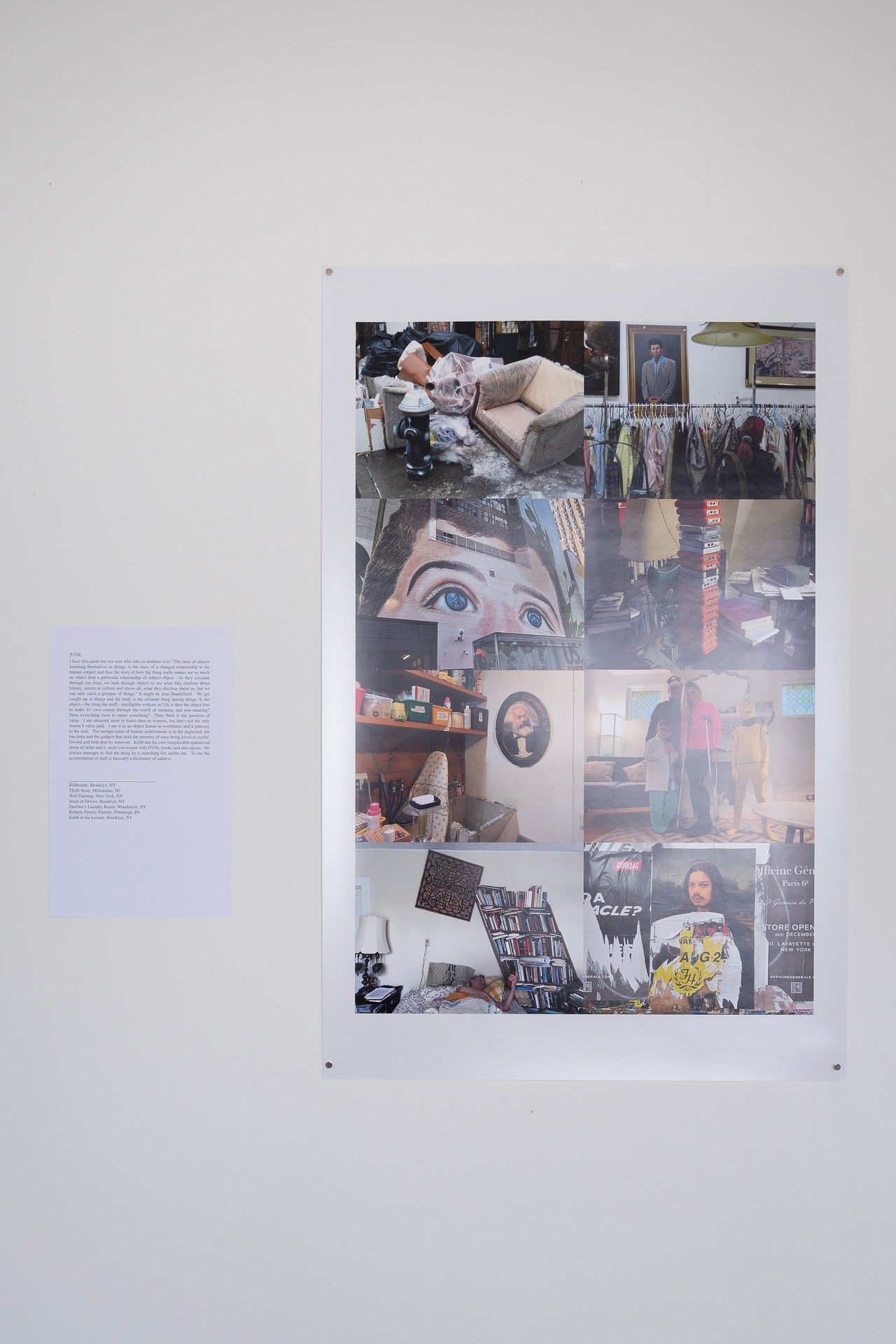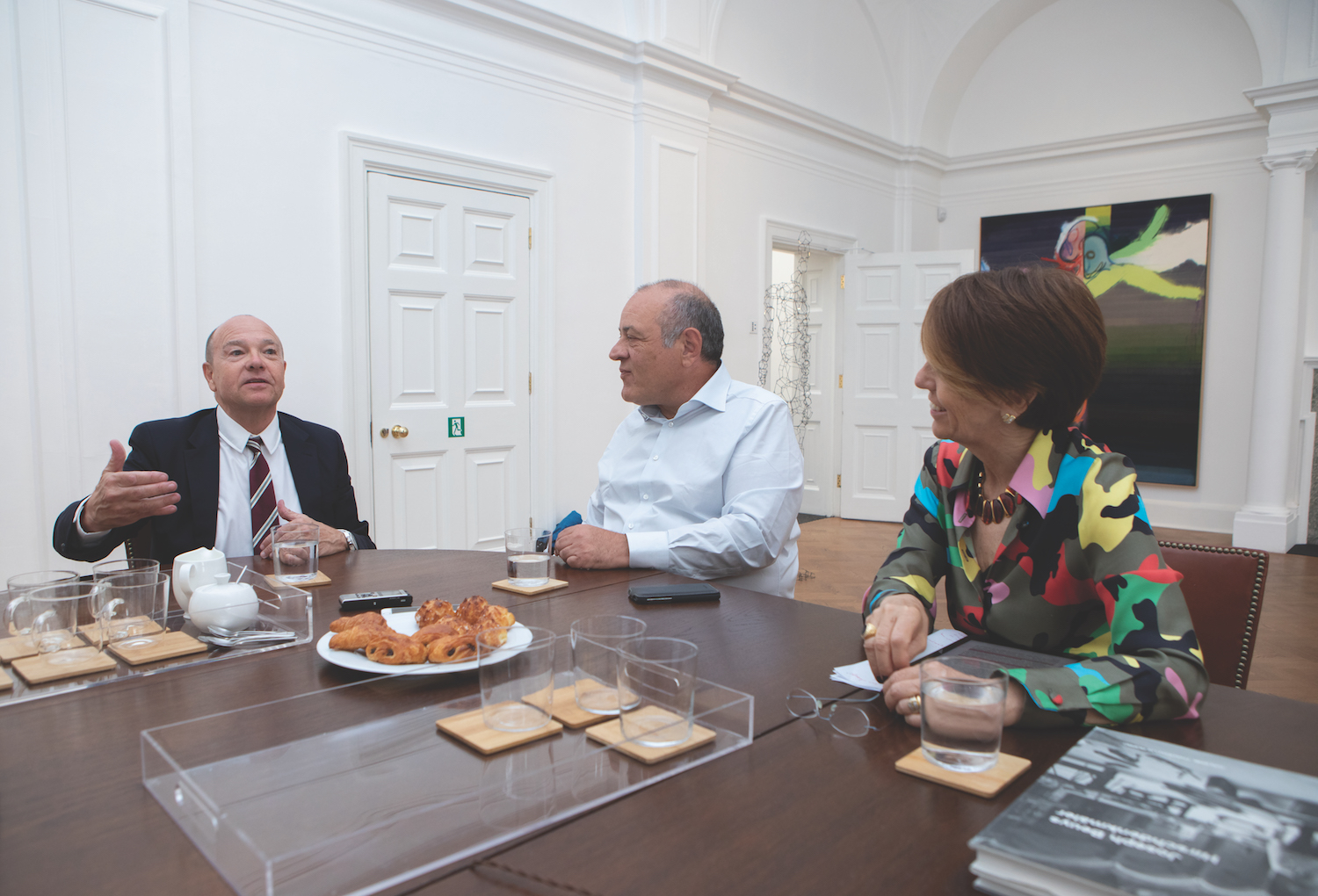The Sculpture
2019 - Film & Video (Film & Video)
25:00 minutes
Musquiqui Chihying
The Sculpture by Musquiqui Chihying comprises a two-channel lecture performance and a photograph. The video begins with 2017 footage of French president Emmanuel Macron announcing his commitment to the restitution of French-held African objects looted during the colonial era. Moving through the video, the artist’s voice narrates over archival images and videos, explaining how so many African artifacts came into the possession of European museums. The video then returns to the present with an account of the collecting habits of Mr. Xie Yanshen, a Chinese philanthropist with a penchant for African art who has donated some 5,000 items to the National Museum of China, and who serves as director of his private International Museum of African Art in Lomé, Togo. In the final minutes of the video, Chihying plays the role of a young Xie, dressed in a smart suit, surveying photographs of artworks. In the staged photograph, Chihying imitates a well-known image of the art theorist André Malraux standing over numerous photographs of artworks, a visualization of Malraux’s idea of the “Imaginary Museum”. The artist’s choice of Malraux as a model is significant because he was a Leftist intellectual who also stole artifacts from Angkor Wat. As a public figure at a time when overt colonialism was being dismantled, Malraux represents better intentions than the Orientalism of the past, yet cannot be considered an entirely positive figure. Enabled by rising globalization and the advent of photography in the 20th century, newly profitable juxtapositions between disparate artworks divorced African artworks from their original cultural, geographical, and historical contexts, allowing them to become ‘abstract entities’ in art history. Reflecting on ancient and modern interactions between China and Africa through the lens of historical objects, The Sculpture questions how aesthetic dynamics might be altered if the historically European power of selection is replaced with Chinese control. A boom in Chinese government-led investment in Africa over the past decade—though resulting in demonstrable improvements in infrastructure in parts of the continent—has stoked global fears of Chinese neo-colonialism. Chihying’s work examines how the rise in Chinese power might influence the reception, production, study, and exhibition of African art objects and of aesthetics more generally.
Through his artistic career, Musquiqui Chihying has striven to dislocate and reconstruct established modes of behavior within systems and structures of power. In his recent work, Chihying turns to historical research to explore the shifting ideological attachments of three different regions—Europe, Africa, and East Asia—in an increasingly globalized world.
Colors:
Related works sharing similar palette
» see more
Related works found in the same semantic group
» see more

© » KADIST
Musquiqui Chihying and Gregor Kasper
2019Addressing the legacy of colonialism, The Guestbook by Musquiqui Chihying and Gregor Kasper is a slow-paced, black-and-white film exploring the German colony of Togoland, now the Republic of Togo...

© » KADIST
Matthew Angelo Harrison
2015In Hole #1 a zebra scull stands in as a representation of Africa, while the plexiglass box and the hole made through it represent the inaccessibility of that culture to African-Americans....






